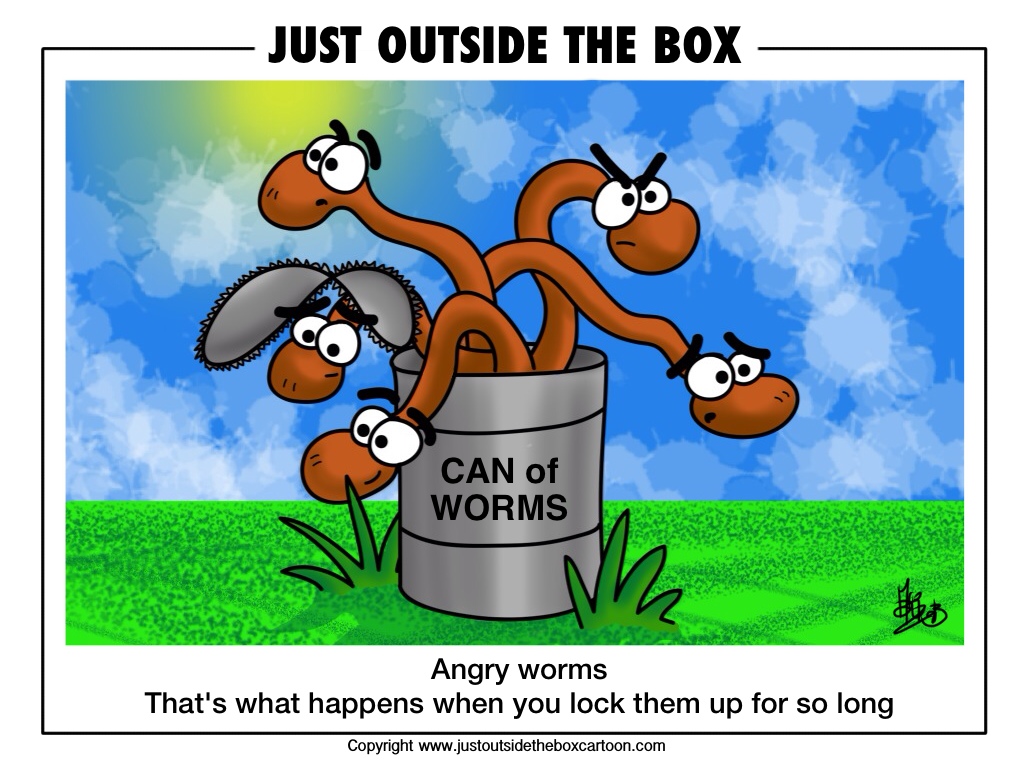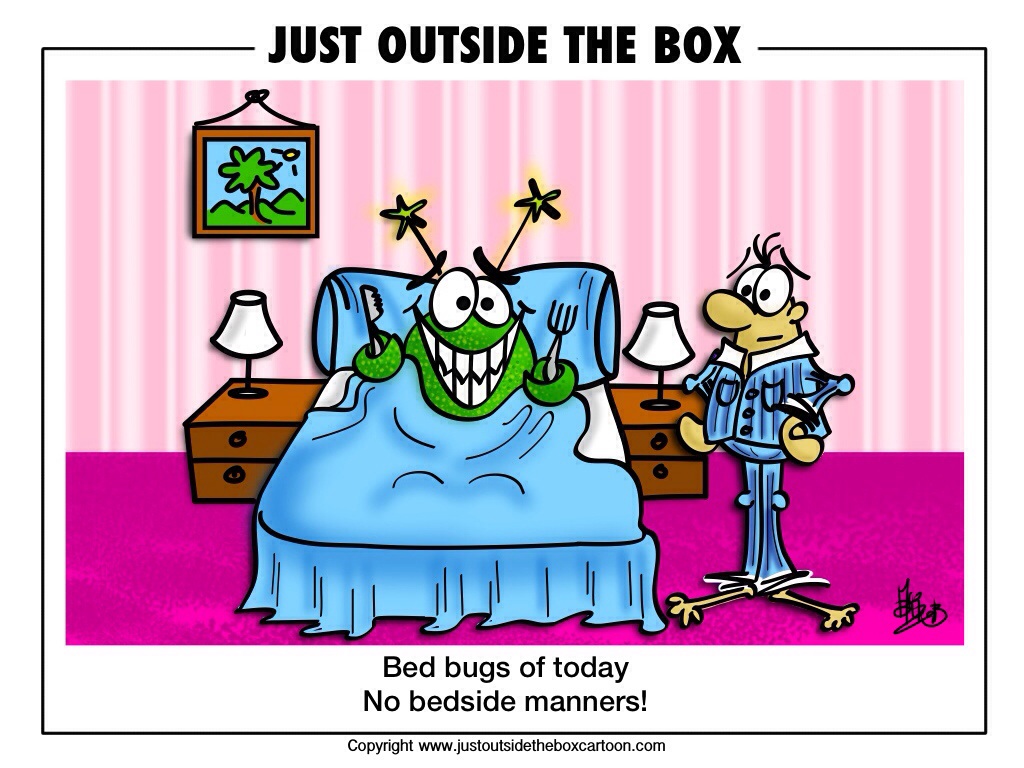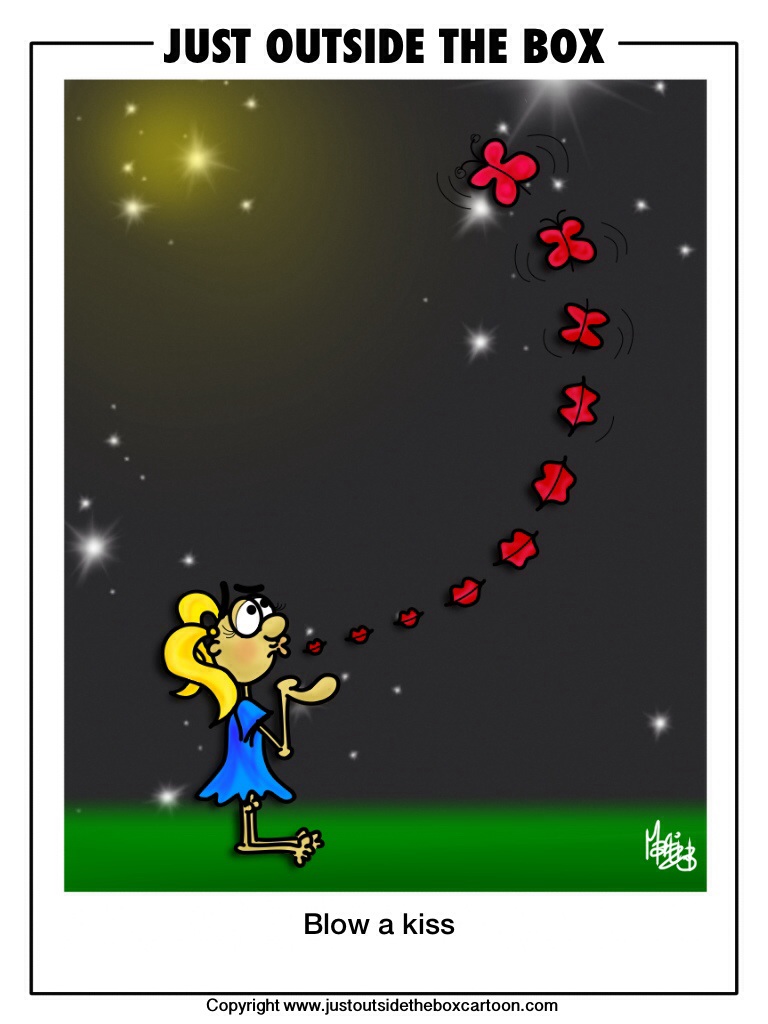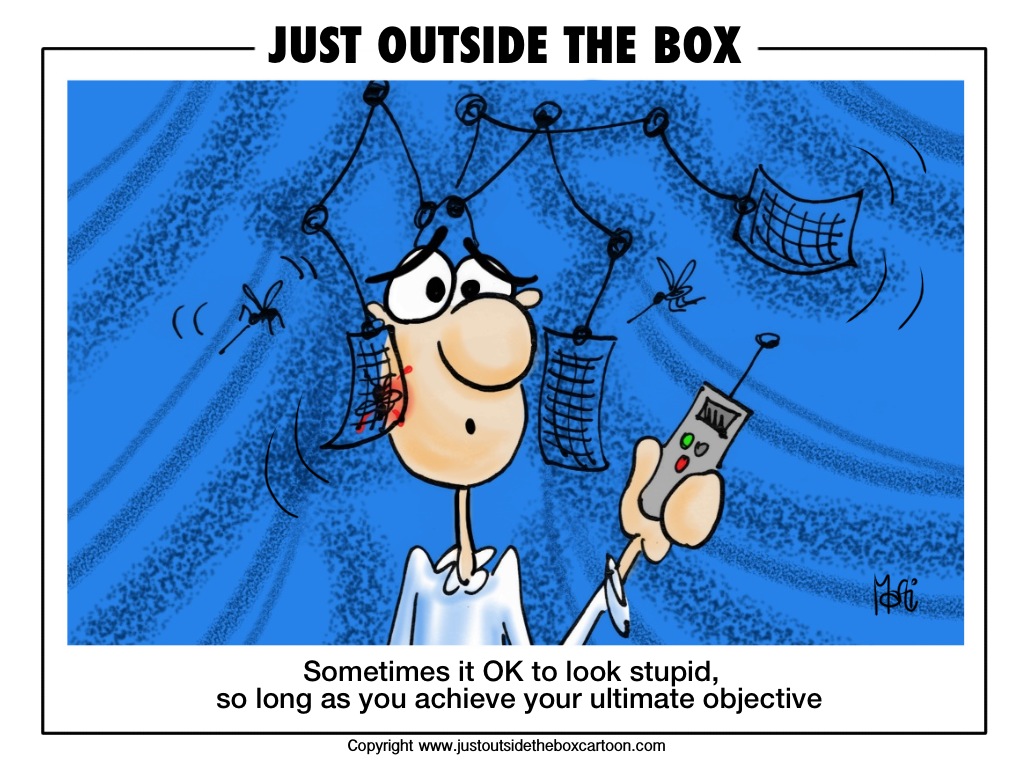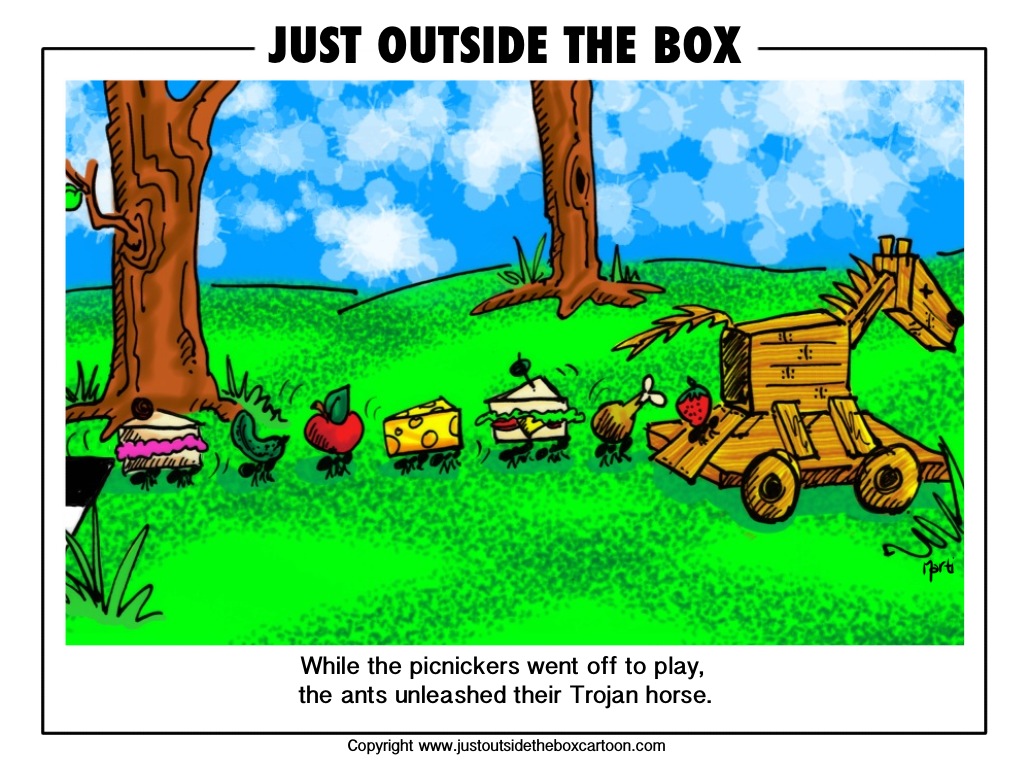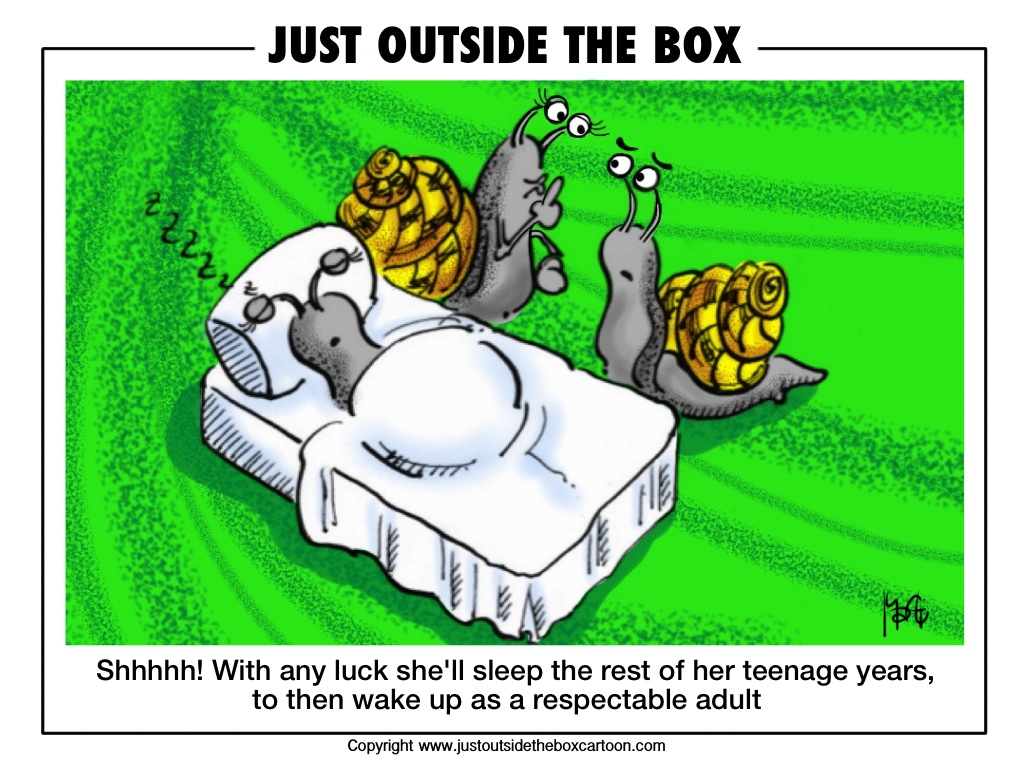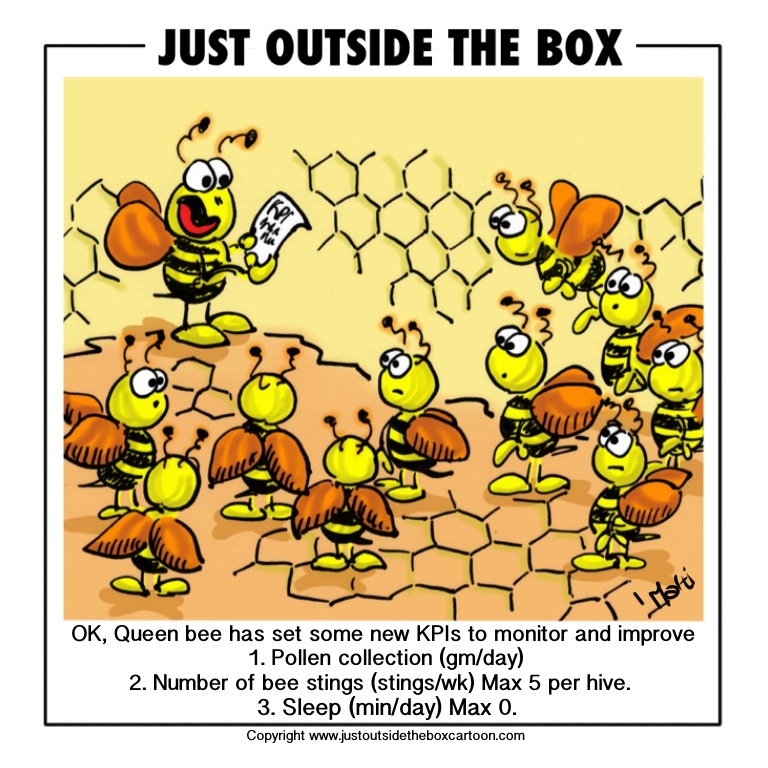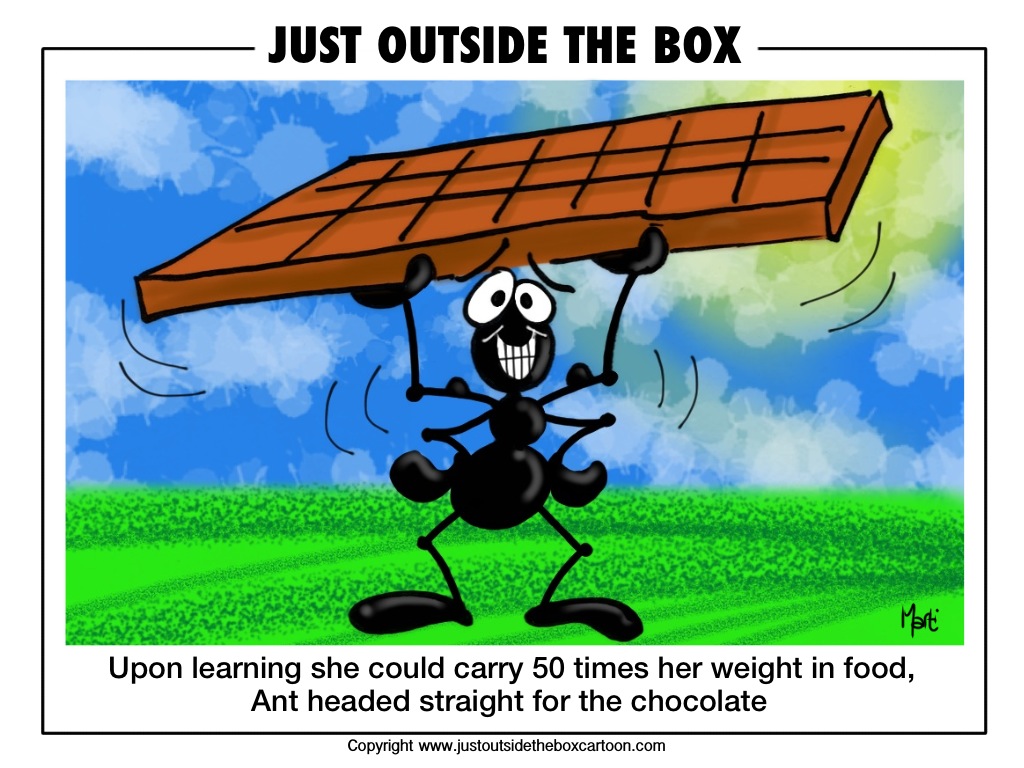 I became intrigued by the glow worm when I initially created this glow worm cartoon (boy, the drawings have improved since then, haven’t they?) early on in my website. It was then that I discovered that the glow worm was part of a four stage cycle (egg, glow worm, pupa and gnat/fly). The last stage purely involves reproduction and hence no time to eat, so no need for a mouth I guess.
I became intrigued by the glow worm when I initially created this glow worm cartoon (boy, the drawings have improved since then, haven’t they?) early on in my website. It was then that I discovered that the glow worm was part of a four stage cycle (egg, glow worm, pupa and gnat/fly). The last stage purely involves reproduction and hence no time to eat, so no need for a mouth I guess.
 Dr Karl, a famous Australian science presenter, has summarised the cockroach’s lack of nuclear hardiness. We should all be worried about the bacterium Deinococcus radiodurans taking over the world – not cockroaches.
Dr Karl, a famous Australian science presenter, has summarised the cockroach’s lack of nuclear hardiness. We should all be worried about the bacterium Deinococcus radiodurans taking over the world – not cockroaches.
And for Myth Buster fans, you’ll find similar conclusions in their experiments. They found it ‘plausible‘, but dependant on the level of radiation.
Bags the chocolate cake with strawberry cream filling!
Must admit, drawing this made rather hungry and I probably ate more than I should have that lunch time – better off drawing paper fortune cookies
During adverse conditions, such as drought, snails have the ability to sleep for long periods of time. Perhaps the better description is that they estivate (the summer equivalent to winter hibernation).
The Cambridge Natural History 1895Â compendium cites an incident involving the ‘sleeping’ of snails. Whilst travelling in Egypt a Mr. Vernedi discovered a bush covered with snails. He plucked a few and decided to keep them in his desk drawer. Â Somehow, four years later, two of them ended up in the British museum, alive and kicking (or should I say ‘alive’ and ‘slipping’).
And my thanks go out to Crubin from The Write Transition at www.carrierubin.com, who submitted her cartoon caption on the Submit a joke page. If you’re interested in the journey of a healthcare professional to writer, visit her website for a humorous and intellectually stimulating roller coaster ride.
